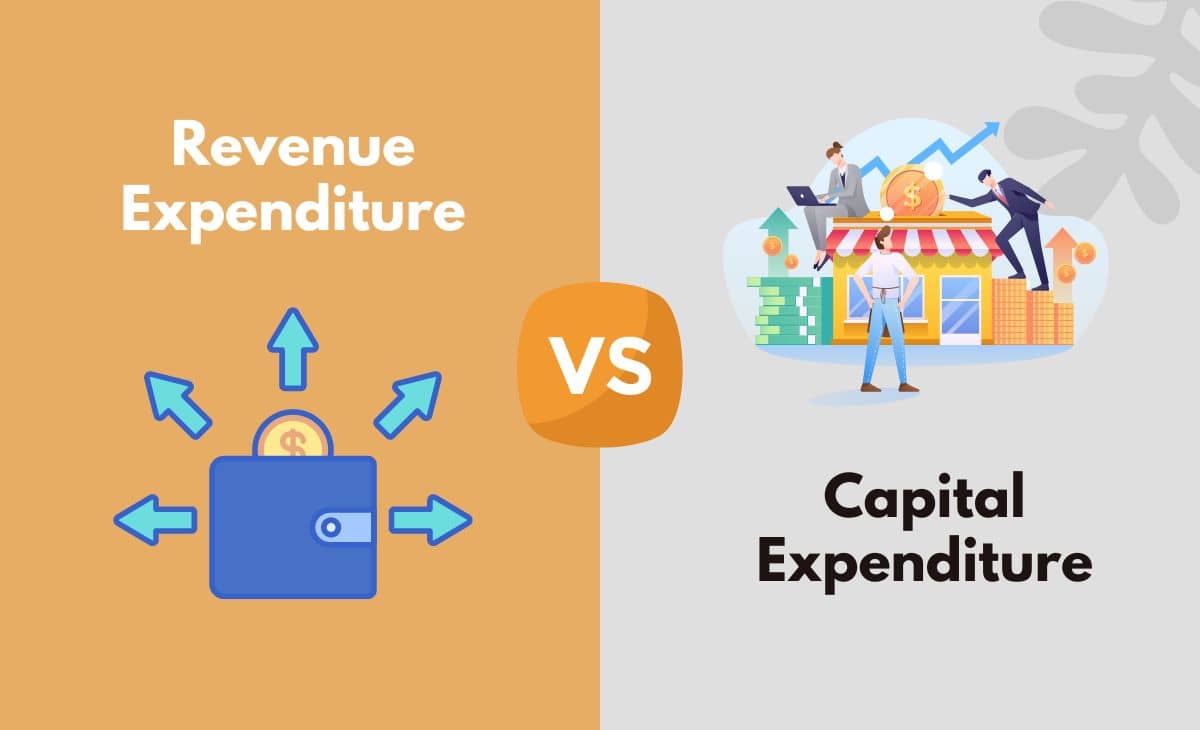The U.S. Dollar Index is a market index benchmark used to measure the value of the U.S. dollar relative to other widely-traded international currencies. Dollar Index (USDX), which helps investors understand the relative strength of the dollar. This key index helps them see how the dollar’s value impacts consumer prices, demand for imports and exports, and the condition of the economy as a whole.
What is the US Dollar index?
“The weightings of the currencies used to calculate the index were based on the United States’ biggest trading partners in the 1970s,” Rogovy says. Asher Rogovy, chief investment officer at Magnifina, says the USDX also has some shortcomings that investors should understand. Some U.S. companies are blaming the strong U.S. dollar for lackluster earnings, while economists say it’s helping the Federal Reserve’s ongoing fight against high inflation.
Crude Oil Forecast: Analysing Market Trends and Price Predictions
The USDX allows traders and investors to monitor the purchasing power of the U.S. dollar relative to the six currencies included in the index’s basket. Traders use the U.S. dollar index to track the value of the USD against a basket of select currencies in a single transaction. They can also protect against currency risks using tradable derivatives of the index, such as USDX futures and options. At that point, other countries were able to choose any exchange agreement other than the price of gold. In 1973, many foreign governments chose to let their currency rates float, putting an end to the agreement.
This is because just focusing on the value of a certain exchange rate, like the US Dollar against the Japanese Yen, does not tell us the whole story. That rate may be going up because the dollar is indeed strengthening, or simply because the Yen is weakening. The Barchart Technical Opinion widget shows you today’s overall Barchart Opinion with general information on how to interpret the short and longer term signals.
- The Company’s registered office is at #3 Bayside Executive Park, Blake Road and West Bay Street, P. O. Box CB 13012, Nassau, The Bahamas.
- They are shown for illustrative purposes only and do not represent the performance of any specific investment.
- AxiTrader Limited is a member of The Financial Commission, an international organization engaged in the resolution of disputes within the financial services industry in the Forex market.
Trading correlated currency pairs
These risks are magnified in countries with emerging markets, since these countries may have relatively unstable governments and less established markets and economics. Bonds are affected by a number of risks, including fluctuations in interest rates, credit risk and prepayment risk. In general, as prevailing interest rates fusion markets broker review rise, fixed income securities prices will fall. Bonds face credit risk if a decline in an issuer’s credit rating, or creditworthiness, causes a bond’s price to decline.
The U.S. Dollar Index can be traded as a futures contract for 21 hours a day on the ICE platform. The U.S. Dollar Index futures contract derives its liquidity directly from the spot currency market, estimated to have a turnover of over $2 How to buy chz trillion daily. ICE operates 13 regulated exchanges, including ICE futures and OTC exchanges in the US, Canada, Europe, and Singapore.
The USDX uses a fixed weighting scheme based on exchange rates from 1973 that heavily weights the euro. As a result, the biggest movements tend to happen in response to fluctuations of the euro. It reached an all-time high in 1984 at nearly 165, and an all-time low of around 70 in 2007. ADSS forex broker In the years since then, the U.S. dollar index has been relatively range bound, fluctuating between 90 and 110. The six currencies included in the USDX are often referred to as America’s most significant trading partners.



.jpeg)
.jpeg)